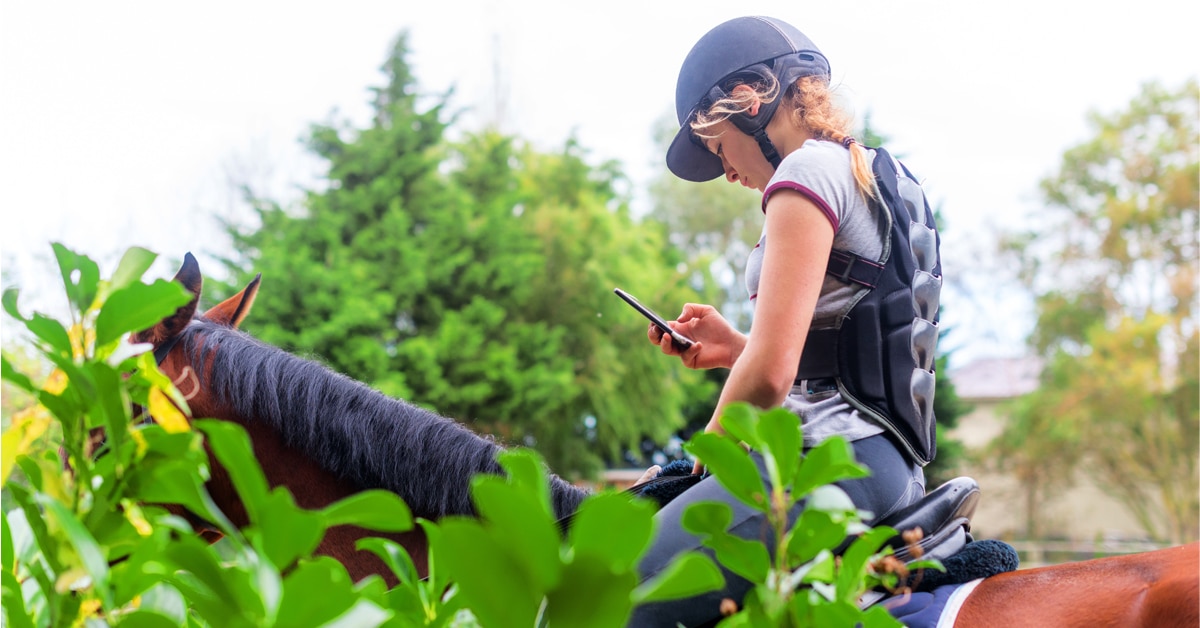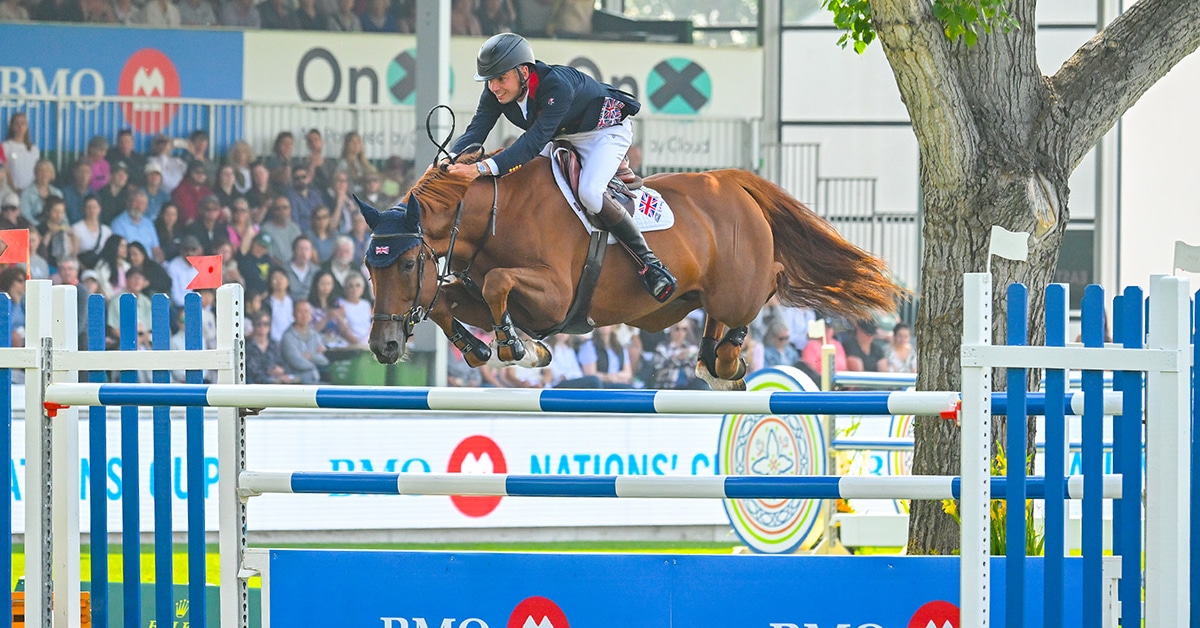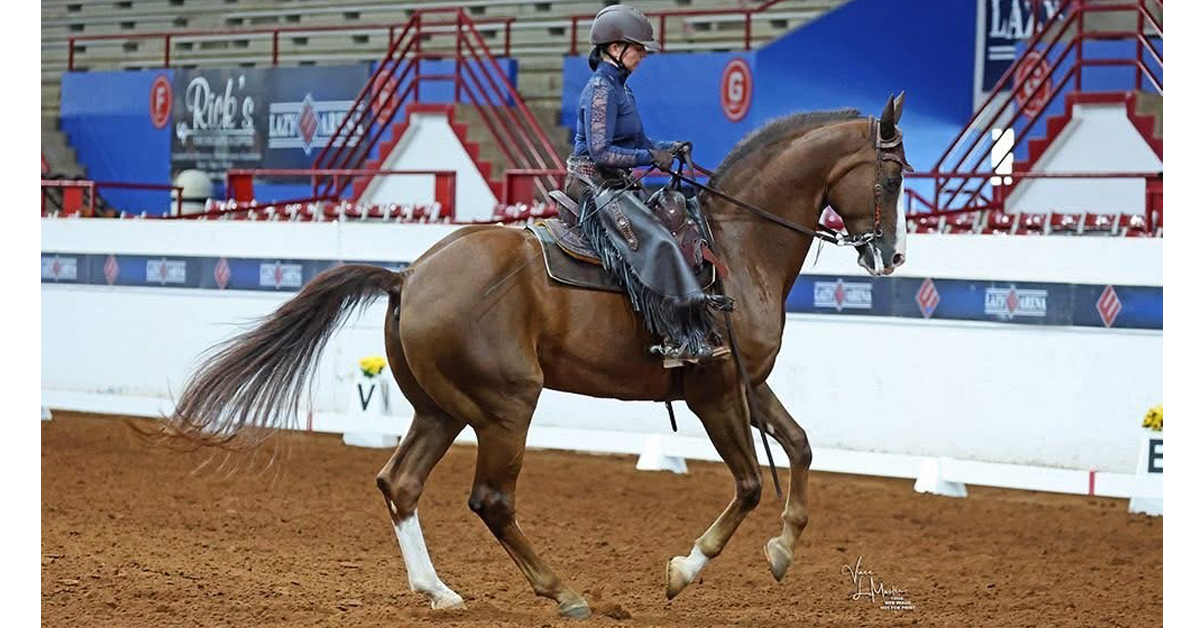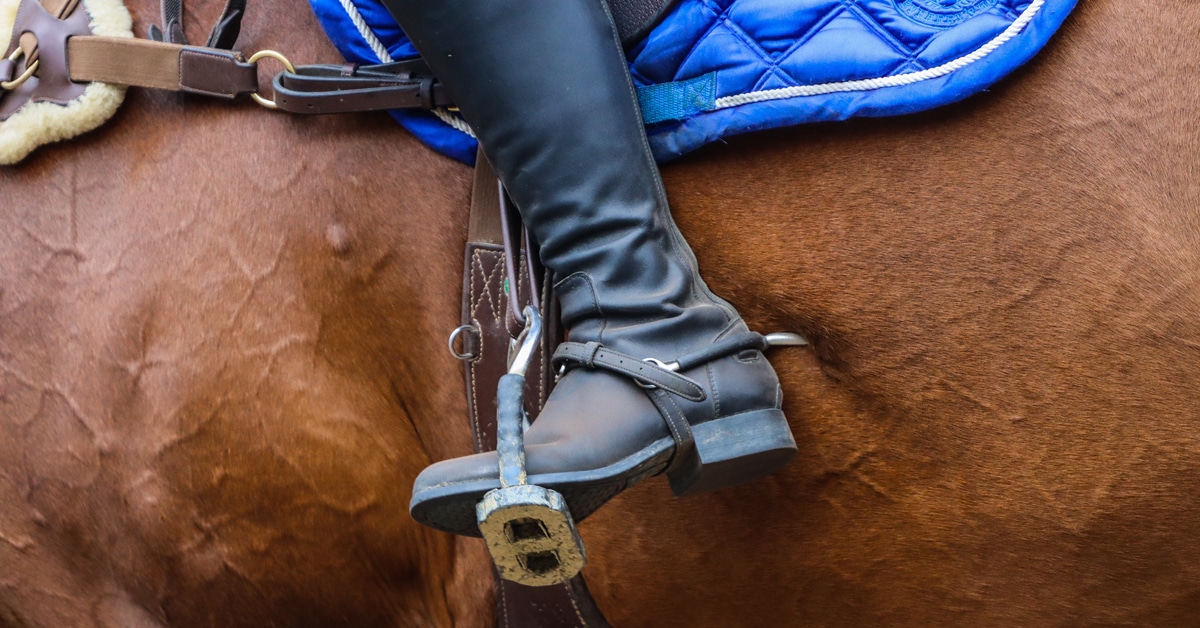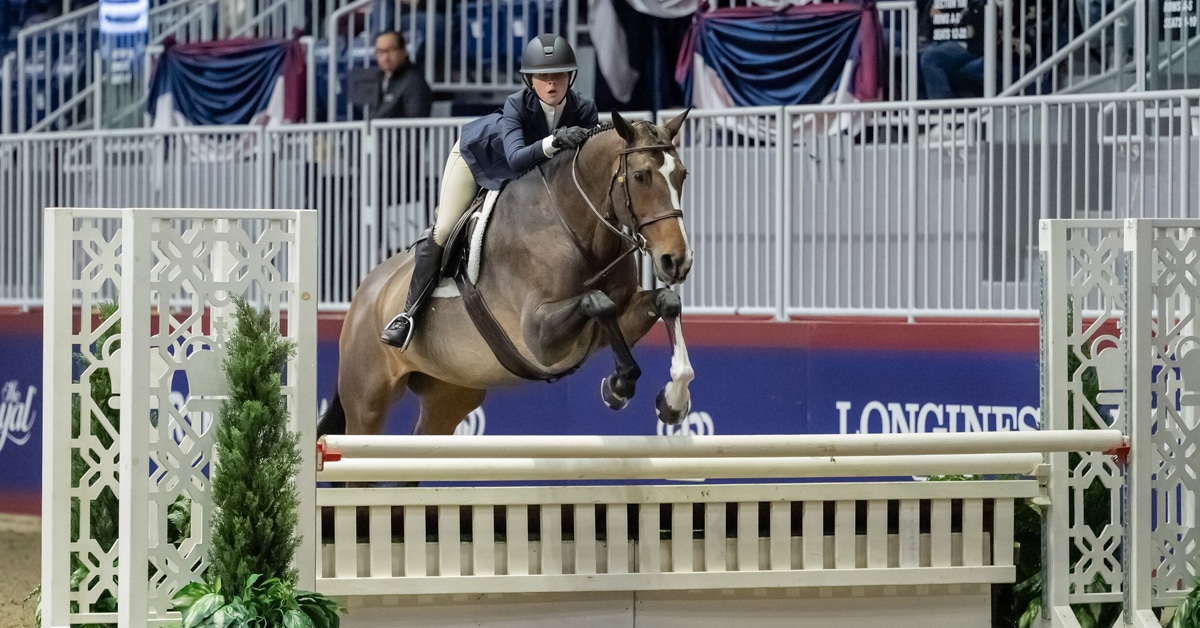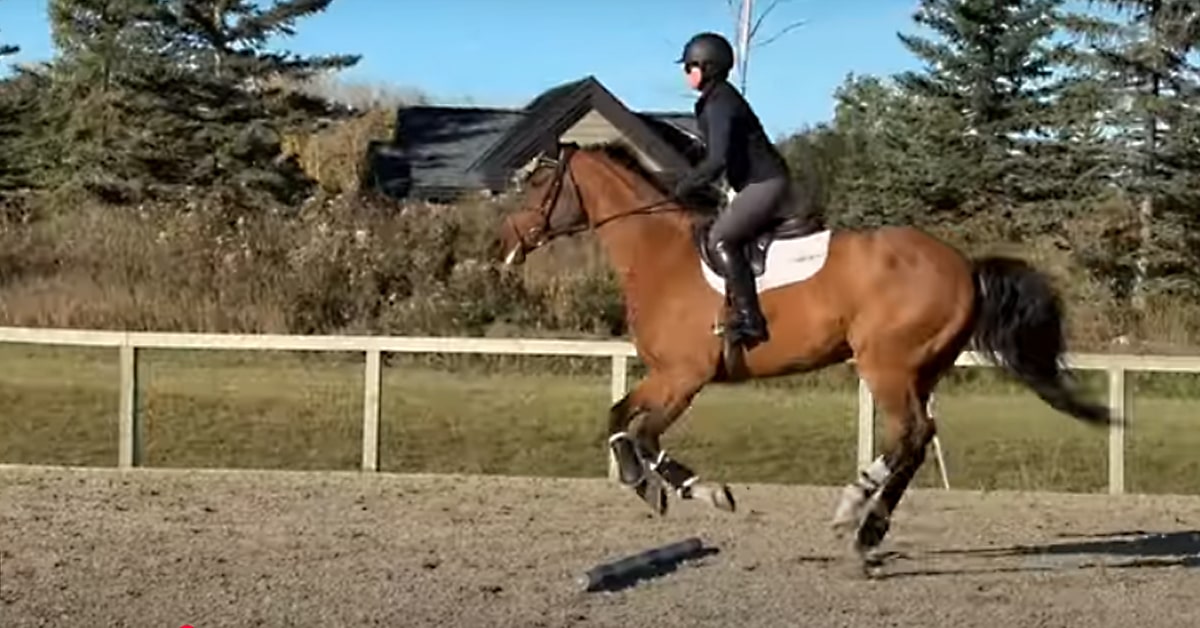Eventing, also known as an equestrian triathlon, requires incredible versatility in the horse and rider. Dressage, cross-country, and show jumping all fall under one competition in eventing, pushing precision, endurance, and agility in one event. One of the most dynamic equestrian competitions, eventing requires specific training programs per sector to ensure seamless transition from dressage’s refinement, cross-country’s energy, and show jumping’s technicality.
Betting and Market Analysis in Eventing
Eventing is not only popular inside the arena but also extends its reach outwards into other aspects of the equestrian marketplace, including betting and market analysis. In a hefty competition like the Land Rover Kentucky Three-Day Event or the Badminton Horse Trials, betting markets examine in-depth data to determine odds based on variables like how well a horse has performed in the past, the rider’s experience level, and course difficulty.
For example, horses that consistently finish top-10 in global competition are usually popular in bookmaker odds, where figures such as competition completion rates (more than 90% for top-class competitors) and mean dressage scores contribute substantially. On sports betting websites such as https://www.actionnetwork.com/, when placing a bet, get some idea of the basis on which odds are being calculated. In most instances, this is historical and live competition data. This analytical paradigm highlights the sport’s sophistication, with bookmakers assessing not just the horse’s form but also external variables such as course design and weather.
Biomechanics in Dressage Training
Eventing training begins by developing an understanding of each phase’s biomechanical needs. Dressage, the first phase, requires precise movements that demonstrate obedience and suppleness of the horse. Trainers use exercises like transitions and lateral work to improve responsiveness and balance. Dressage movements such as piaffe or passage aim at specific muscle groups, such as hindquarters and core, which play a critical role in maintaining rhythm and impulsion. Training devices such as pressure plates help to balance the horse’s weight distribution while the movements are taken to preclude tension.
Conditioning for Cross-Country
Cross-country, the most physically challenging, is the endurance and courage test. Horses cover challenging terrain, jumps, and water obstacles at high velocities, typically covering 4-6 kilometers. Conditioning workouts focus on cardiovascular conditioning and muscular endurance. Interval training, where horses alternate between tough gallops and recovery, significantly improves aerobic capacity in horse athletes. Trainers also simulate cross-country conditions by training over undulating terrain to have horses used to undulating terrain and develop confidence moving over obstacles like ditches or banks.
Show Jumping: Power and Precision
Show jumping, the final phase, demands accuracy and explosive power. Horses need to jump with fewer faults, at times under time pressure. Hill work or cavaletti exercises for strength training make the horse strong enough to generate the force needed for jumps and increase hindlimb power tremendously. Mental preparation is also essential, as horses must maintain their composure in a stadium atmosphere. Desensitization training, exposing horses to crowd noise or flashlights, reduces stress and increases concentration.
Psychological Approaches and the Rider-Horse Relationship
In addition to physical conditioning, training for eventing also involves psychological methods to reinforce the horse-rider bond. Human behavior is very responsive to horses, and trust is critical for high-stress situations such as galloping towards an impassable barrier. Positive reinforcement, such as rewarding horses with relaxation or treats for a correct response, enhances confidence and reduces fear. Calm, quiet handling can reduce a horse’s heart rate during stressful acts, improving performance in all stages.
Significant Components of Eventing Training
- Biomechanical Analysis: Using equipment like motion capture to optimize movement economy in dressage.
- Conditioning Plans: Creating workouts to balance aerobic and anaerobic fitness for cross-country demands.
- Mental Preparation: Building confidence and reducing stress through regular handling and acclimatization to competition-like environments.
- Phase-Specific Training: Using drills like grid work for show jumping or simulated cross-country courses.
- Recovery Methods: Using rest days and physiotherapy to prevent injuries and maintain optimal performance.
Eventing’s unique combination of elegance, endurance, and precision has created a powerful show that tests the edge of horse athletic capability. Through the application of scientific methods to schooling, riders can push their horses to their ultimate ability while creating a partnership cemented in trust and respect. As eventing continues to evolve, improvements in biomechanics, conditioning, and psychology will further refine the art of raising horses for three-phase achievement, securing eventing as a pinnacle of equestrian accomplishment.
The Latest
